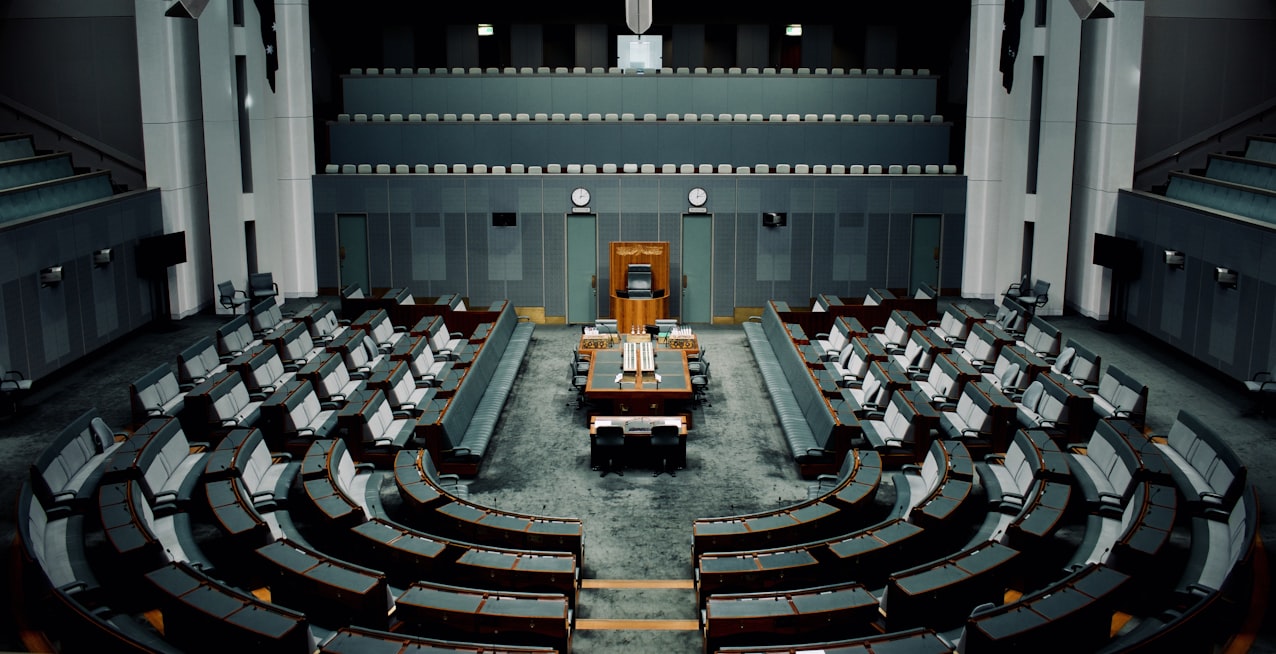In conjunction with Weld Australia, Langi Kal Kal Prison recently hosted a Welding Employment Expo to help facilitate connections between prisoners and prospective employees.
According to Geoff Crittenden (CEO, Weld Australia), “Australia’s prison population is rapidly expanding, and is increasingly comprised of younger people and reoffenders. This gives rise to the need for practical rehabilitation and vocational education and training (VET) programs that can help alleviate recidivism.”
“A recent study confirmed that participation in VET whilst incarcerated helps prisoners to remain custody free post-release. In fact, prisoners who successfully completed VET were 59.96% more likely to remain custody free at two years post-release; and 78.23% more likely to remain custody free at five years post-release.”
Given the proven success of VET programs for prisoner rehabilitation, in 2022, Corrections Victoria expanded the VET Centre of Excellence model to deliver Fusion Welding to ISO 9606 certification standard to complement their Metal Fabrication industry at HM Prison Langi Kal Kal. Federation University delivers the training program with the support of Weld Australia and on-site prison industry staff.
As part of the program, augmented reality training was introduced to expand the welding skills of the prisoner learners to meet international standards. A welding workshop sits alongside the augmented reality training room so that participants can work on projects to use and practice their welding skills in the physical as well as virtual environments.
To participate in the program, prisoners are invited to submit an Expression of Interest and then selected through an interview process. Up to eight participants can be accommodated in the intensive 14-week program.
Student *Daine said, “I wanted to take part in this course to not only further my knowledge and experience of welding but to be able to give myself the ability to provide a positive, reliable, and sustainable future for my family.”
“When I am released, I am keen to find as much work as possible in the engineering trade working in the railways, or similar areas that require good welders. I don’t see my life revolving around prison and I want to have real work opportunities in the community when I’m released.”
The VET Centre of Excellence model links participating prisoners with prospective employers and pre- and post-release support service providers. These connections provide prisoners with sustainable pathways to employment and support to reintegrate to society post-release.
The Welding Employment Expo was attended by several Weld Australia members, including Jeff Wanliss (Engineering and Business Development Manager, Keppel Prince). Based in Portland, Victoria, Keppel Prince specialises in the construction, fabrication and maintenance of industrial structures and equipment, ranging from wind farms to bridges.
“I didn’t really know what to expect from the Employment Expo, but the experience was a big eye-opener for me,” said Wanliss. “During the tour of the facilities, one of the prisoners produced an industry standard vertical up weld—one of the hardest welds to do. We would have accepted that weld in our workshop. It can be difficult to find potential employees with the skills and experience needed in our workshop. I’d definitely consider employing any of the guys based on the standard of welding they’re doing.”
“These types of training and rehabilitation programs are so important. They help give prisoners purpose. Many of the prisoners have obviously faced challenges in the past, but, this is a delineation point—it’s like drawing a line in the sand and saying ‘the past is the past’. VET and training programs like this one equip prisoners with knowledge and give them practical skills that they can use on release. It is an essential step to ensuring that their future is successful,” said Wanliss.
“Australia is facing a looming shortage of skilled welders—70,000 additional welders will be needed in the next 10 years. VET training and employment pathways as part of prisoner rehabilitation could help alleviate some of these skills shortages,” said Crittenden.
“However, this will require commitment and collaboration from industry and government—not only to fund VET training in Australia’s prisoners—but to help provide secure employment opportunities post-release.”
*Name changed to maintain privacy.








